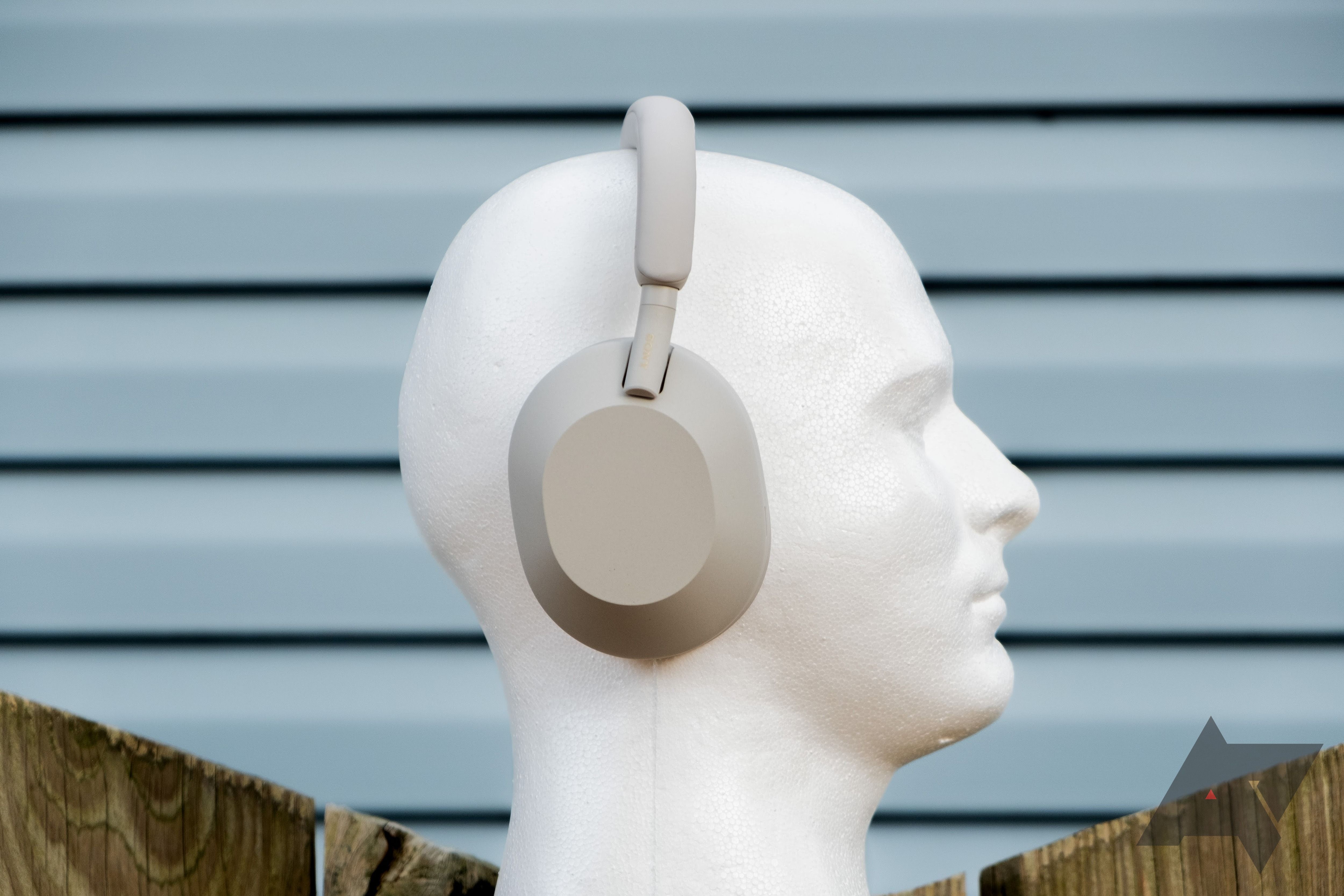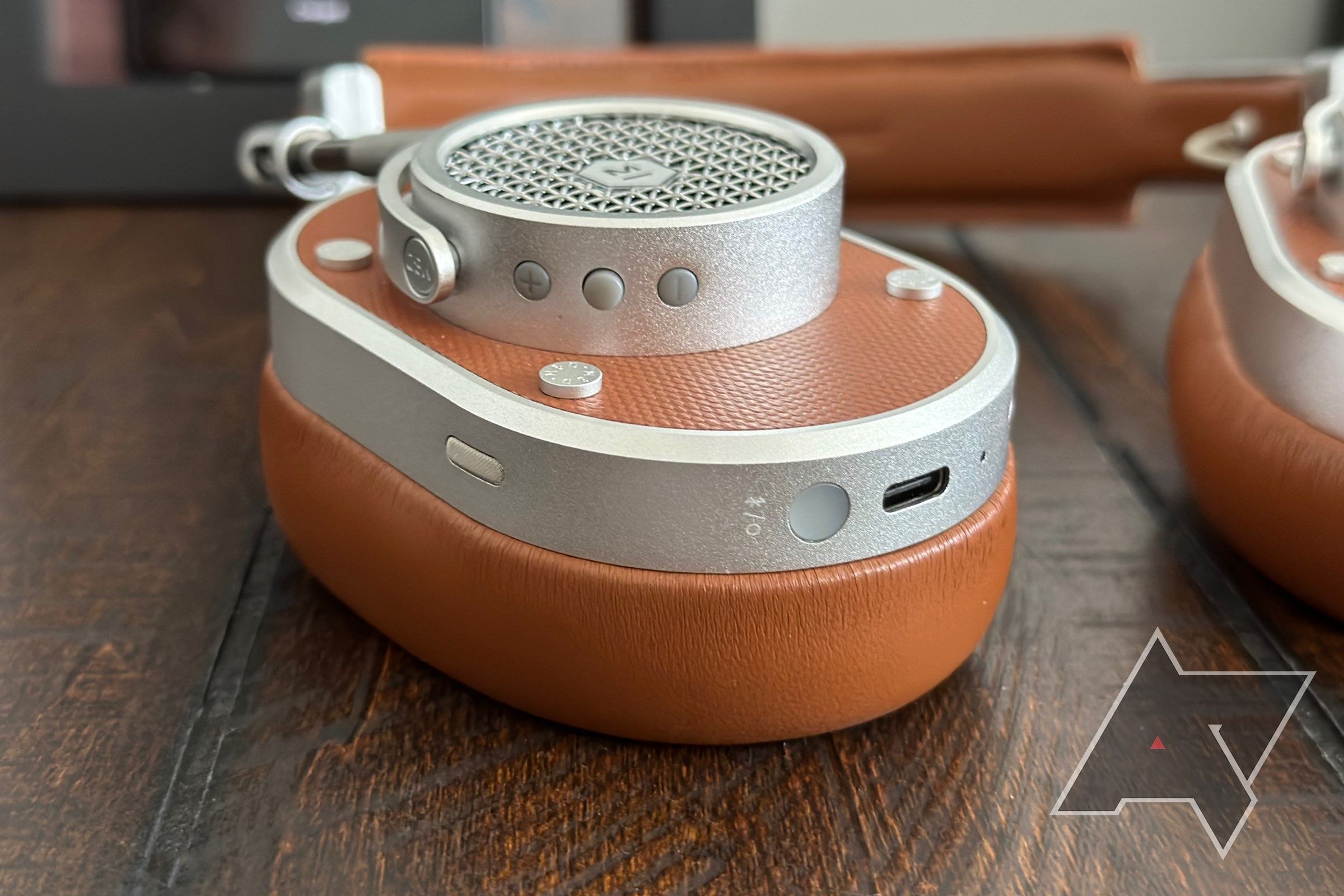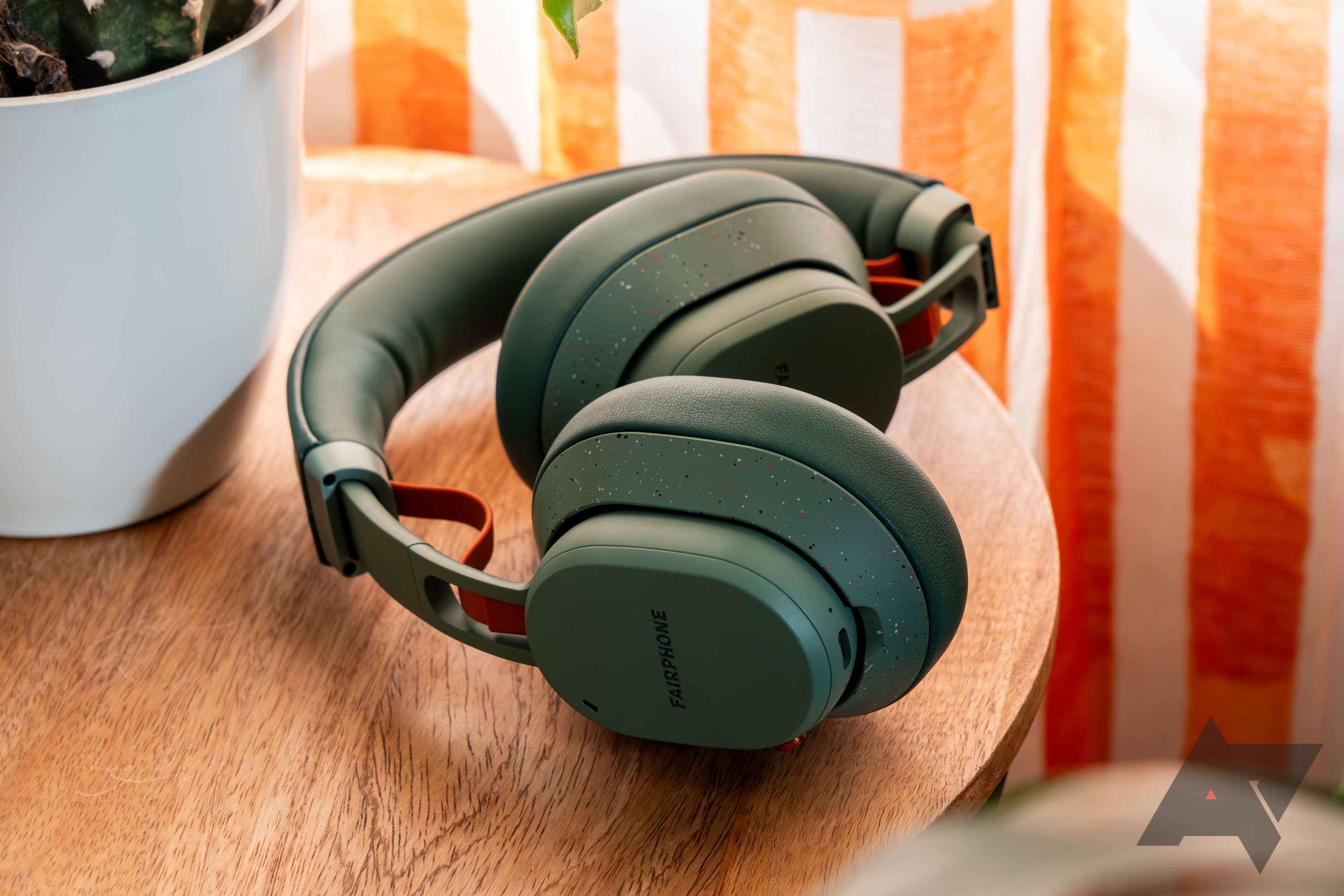At first glance, the recipe to create new audio gear seems cut and dry — pick speaker drivers, design a shell to accommodate said drivers, define connectivity and add the electronics, accommodate peripheral equipment like a boom mic, and you’re ready to make money on a new product range. But as our favorite headphones for Android will prove, it is never that simple, and there are several reasons why headphones and earbuds with similar specs on paper often sound very different, especially if they come from different brands.
There are many factors that affect how your audio sounds, and they are largely the same, whether you’re using headphones or pro-tier earbuds which sit deeper in the ear canal and are often known as in-ear monitors or IEMs. Factors ranging from the design and construction of IEMs and headphones to your choice of DAC can all have a perceptible impact on the sound profile, which can make things confusing when you’re shopping for a set of new cans. The guide will introduce the different types of drivers and materials often used in headphones and IEMs and explain how they work in tandem to create sound.

How to listen to Apple Music’s lossless tracks on your Android or iPhone
Apple Music supports lossless audio with a bit of work: Here’s how to get the best sound around
Popular speaker driver technologies explained
Magnets take the wheel
Headphone speaker drivers convert electrical current into vibrations, which creates audible sound, making them one of the biggest determinants of sound output. However, not all drivers are created equal, and there are a few different variations to consider, from dynamic to electrostatic. Here’s how they differ from one another.
Dynamic drivers
Right off the bat, you’ll find dynamic drivers inside an overwhelming majority of headphones, earbuds, and IEMs across price points because they are affordable and compact full-range drivers. This means they excel at reproducing almost all the audible frequencies for the human ear, ranging from 20Hz to 20,000Hz (or 20kHz), with some models like the Kinera Imperial Norn claiming to go even wider, all the way up to 40kHz, which is beyond the audible spectrum of the human ear.
However, that doesn’t mean to say they sound fantastic across the spectrum. Characteristically, dynamic drivers struggle the most with detail and clarity retention in the upper midrange of the frequency band, where most female vocals and cymbals hit. For brevity, we won’t get into the terms used to describe sound signatures in great detail here, but dynamic drivers aren’t formulaic — you’ll see larger drivers deliver punchier bass, and brands often play around with material choices for the driver to further alter the sound output. Pricier material choices like those we see on the Sennheiser HD 800 S evidently help mask the technological inadequacies.
Balanced Armature drivers
Balanced Armature drivers (BA) are typically found in IEMs because they are smaller by design — instead of featuring a vibrating diaphragm attached to an electromagnetic coil like in dynamic drivers, these have a smaller suspended coil vibrating between two electromagnets. Unlike dynamic drivers, BAs excel at accurate representation of high-frequency sounds, making for a typically bright sound profile. Their Achilles heel is the lackluster bass response, which lacks the oomph and tightness to impress.
As such, you’ll often find BAs paired with dynamic or electrostatic drivers to compensate in what’s known as a hybrid driver configuration with multiple speaker units per side. Audio brands, especially those catering to discerning audiophiles, often use hybrid configurations wherein each driver is optimized to handle a certain range of frequencies. Even among the affordable models, products like the KZ AS16 Pro with eight balanced armature drivers per side aren’t unheard of. However, hybrid drivers are usually only seen in IEMs and not so much in headphones.
Planar magnetic drivers
Looking away from IEMs for a minute, you will find planar magnetic drivers are a hot favorite in the high-end headphone market, and for all the right reasons. In the design department, this technology is the polar opposite of BA drivers, featuring massive electromagnets with a vibrating diaphragm suspended between them to produce sound. The size restriction mostly relegates these drivers to on-ear and over-ear headphones, but the acoustic fidelity compensates for lost portability and the usually steep prices, and then some.
Since the entire diaphragm responds to the electromagnets, you’ll find planar magnetic drivers delivering matchless sound clarity and detail retention across the audible frequency range. They usually have a flat and immersive sound signature, with equal emphasis on the lower and upper midrange frequencies where most instruments focus, making them a staple for studio monitor headphones like the Hifiman Sundara. However, these large electromagnets on either side need a strong driver current, or they won’t get loud enough or feel lacking in the sub-bass, which means a vast majority of planar magnetic headphones must be paired with a good amplifier.
Electrostatic drivers
Deeper pockets may land you a tête-à-tête with speaker driver royalty that electrostatic drivers are. These are often regarded as the pinnacle of consumer audio technology, featuring a fragile construction comprising thin electromagnetic plates with a vibrating membrane between them. Headphones like the Audeze CRBN featuring electrostatic drivers are often prohibitively expensive because of such complex construction.
If you’re willing to pay the price, you’ll get a pair of headphones with accurate and immediate response from the drivers. Electrostatic drivers deliver an immersive experience and sound quality that is most true to the original recording. Since the construction shares similarities with planar magnetic drivers, electrostatic headphones also require powerful amplifiers to drive the magnets and produce the best results.
Moving on from what’s inside headphones, the shape and construction of the shell holding these drivers play an equally important role. Thankfully, the market is flooded with just a handful of variations. While IEMs and earbuds feature compact shells terminating in an ear tip that sits in your ear canal, headphones, owing to their larger form, have more design variables to play with.
Open-back and closed-back designs
How airy do you want the sound to be?
On store shelves, you’ll find two configurations — open-back and closed-back — with a vast majority using the latter approach. If the front of a driver is pointed toward your ears, the name suggests that an open-back design leaves the other end open to the elements. This design has a few obvious benefits, such as a roomy and natural sound signature, as though you’re listening to music from bookshelf speakers that move with your head. To enhance the listening experience further, you may often find open-back headphones paired with high-end planar magnetic or electrostatic drivers.
Grado SR60e open-back headphones
Open-back cans don’t toast your ears in heat and moisture either, because air, and hence sound, freely flows around the driver. This allows you to hear sounds from your surroundings as well — an effect true-wireless earbuds try to replicate with external mics and transparency modes. However, the openness makes them unsuitable for noisy environments or shared spaces where sound leakage could compromise your privacy.
Closed-back headphones, on the other hand, better isolate you from ambient noise and typically have less audio leakage. Closed-back cans may also get a little warm inside the earcups during longer sessions. You may also notice a slightly punchier bass response with this design because the drivers have a limited volume for reverberation.
On-ear and over-ear designs
Comfort is paramount, after all
While closed-back and open-back designs have their pros and cons, you might notice how the earcups on these models vary greatly in size, and that’s because they all fit differently. On-ear headphones are arguably the most popular design, with earcup cushions pressing against your ears. They offer decent noise isolation and a compact size, but they also cause discomfort after extended usage and suffer from sound leakage. However, the design uses fewer materials and is a popular choice for portable wired and wireless headphones with dynamic drivers, especially models on a budget, such as the Audio-Technica ATH-M60x.
Over-ear headphones completely cover the ear
Larger electrostatic and planar magnetic drivers are usually featured in over-ear headphones because of their sheer size. However, the over-ear design also makes for a more enjoyable experience, with earcup cushions creating a perfect seal on your head, enveloping your ear completely. On closed-back headphones, this is a recipe for toasty hot ears, but for the entire duration, it’s tolerable, and you get fantastic comfort and noise isolation. Portable over-ear headphones like the Apple AirPods Max are a rarity, and you’ll likely find them in home theaters, desktop setups, studios, planes, and other areas where the voluminous design isn’t an issue.
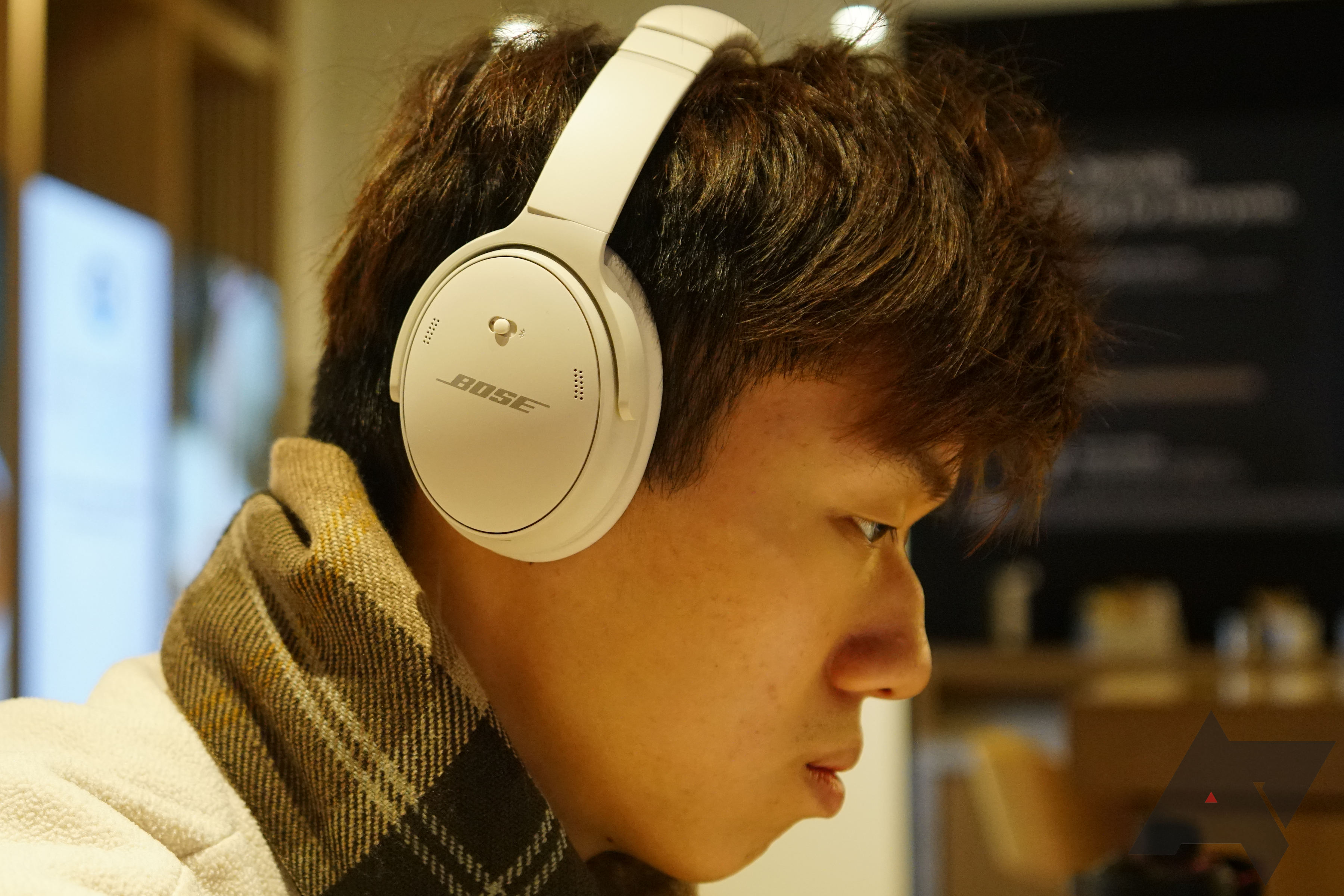
Best over-ear headphones in 2024
Experience pure listening nirvana with these over-the-ear headphones
Material choices for the shell
There’s always plastic, but sometimes material choices matter
Although materials used in speaker driver construction are perhaps the most important element of headphones, the materials used to make the shell are perhaps just as important. After all, there’s a reason subwoofers and bookshelf speakers are usually made of wood, while full-range drivers in headphones feature plastic shells.
Plastic is the go-to choice for most manufacturers for its formability, color variations, and low production cost. However, it generally sounds uninspiring and doesn’t lend a flavor to the music you’re listening to. Some designs may introduce unwanted resonance, but that isn’t noticeable unless you know what to listen for.
More premium headphones may feature sturdier metal shells or derivatives from wood and other organic materials, like the Grado Hemp headphones and Meze Audio 99 Classics Walnut finish. However, the possibilities for design variation and size are constrained here because metals and wood are denser than plastics, creating heavier headphones, which can get uncomfortable. An open-back design can save some weight but can also rob the headphones of the novel material’s signature reverb characteristics.
Master and Dynamic MH40 Wireless uses lightweight aluminum
Naturally sourced wood often absorbs higher frequencies, creating a warm, mellow sound signature suitable for casual music listening, taking the edge off string instruments and scratchy vocals. At the other end of the spectrum, metals tend to dampen resonance but also accentuate the higher frequencies, creating a bright or lively sound signature.
The choice of materials matters a little less with IEMs because they enclose a smaller back space for the sound to resonate in. However, you’ll find IEM brands experimenting with a variety of materials, ranging from aerospace-grade aluminum on the RHA MA650 to 3D-printed resin shells on models from Linsoul and Kinera.
Pick your next headphones or IEMs wisely
New headphones don’t need to break the bank
Together, all these parameters may complicate a seemingly simple headphone purchase, but there’s no denying consumers are spoiled for choice in the audiophile market today, and excellence doesn’t necessarily command a steep price, especially if you know what to look for.




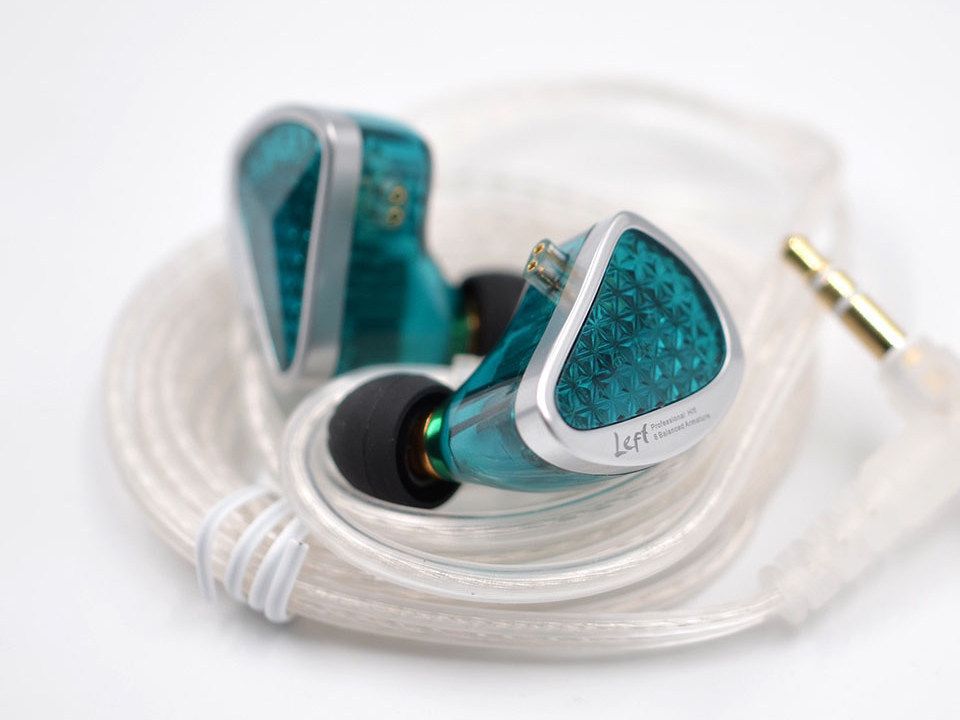
.jpg)
